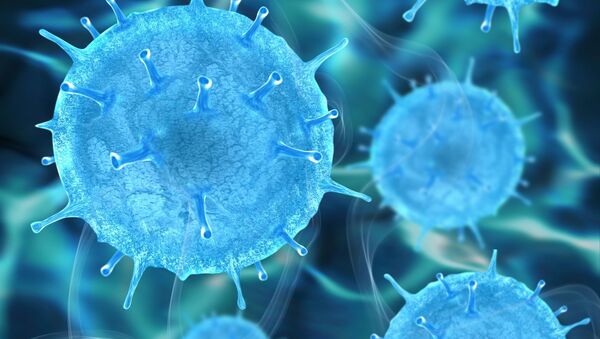The Coronavirus reproduction rate may have increased beyond the threshold of 1 in regions of England, according to government scientists.
The Government Office for Science revealed that the so-called R rate, which measures the average number of people an infected person passes the virus on to, sits between 0.8 and the critical threshold of 1 in England, and 0.7 to 0.9 for the UK as a whole.
The data reveals that the region with the highest R rate in the UK is the south west of England, where it is approximately between 0.8 and 1.1.
According to government scientists, for each person infected, the disease will on average pass on to at least on other person. However, once the R value exceeds 1, then there is a strong likelihood that the disease could rapidly proliferate throughout the general population once more. In contrast, if the R number of kept below 1 then the disease will, as time goes on, fizzle out because not enough people would be infected for it to create another pandemic.
Even in the area with the lowest recorded R value - the east of England - the number still reportedly ranges between 0.7 and 0.9.
In London, the Midlands, the north west and south east, the R value is said to be between 0.8 and 1, while in Yorkshire it is allegedly on the spectrum from 0.7 to 1.
During the government’s daily coronavirus press conference on Friday, Transport Secretary Grant Shapps said that Boris Johnson would “not rule anything out” when quizzed on the possibility of imposing localised lockdowns in regions where the R number exceeds 1.
However, despite their own advisers pointing out that the south west is dangerously close to the tipping point, Mr Shapps appeared to dismiss concerns and suggested that he believed the region was still within the remit of what should be considered safe.
“It’s an outlier of the central I wouldn’t want to rule anything out but, I think the SW [South West] figure today is not quite as being reported.”
Yet, the government’s Health Secretary, Matthew Hancock, conceded last week that the number of cases was higher in some parts of the UK, adding that localised lockdowns may be in order in the event of COVID-19 outbreaks that are concentrated in particular regions.
“You’re right that the R rate is closer to one in the South West and in the North west, the advice from SAGE is that R is below one in all regions,” said Mr Hancock.
“However, we want to increasingly have an approach in tackling local lockdowns where we spot a flare-up… We have a system we are putting in place with a combination of Public Health England and the new Joint Biosecurity Centre, along with the local directors of public health who play an absolutely crucial role in the decision-making in the system, to make sure if there is a local flare-up there is a local lockdown,” he added.
However, The Office of National Statistics also said on Friday that the overall percentage of people in communities across the UK who have been infected with the coronavirus has dropped from approximately 0.4% at the tail end of April to about 0.06% by June 7.
As of Friday, June 12, 202 people died from coronavirus in the UK, brining the body count nationwide up to 41,481.





